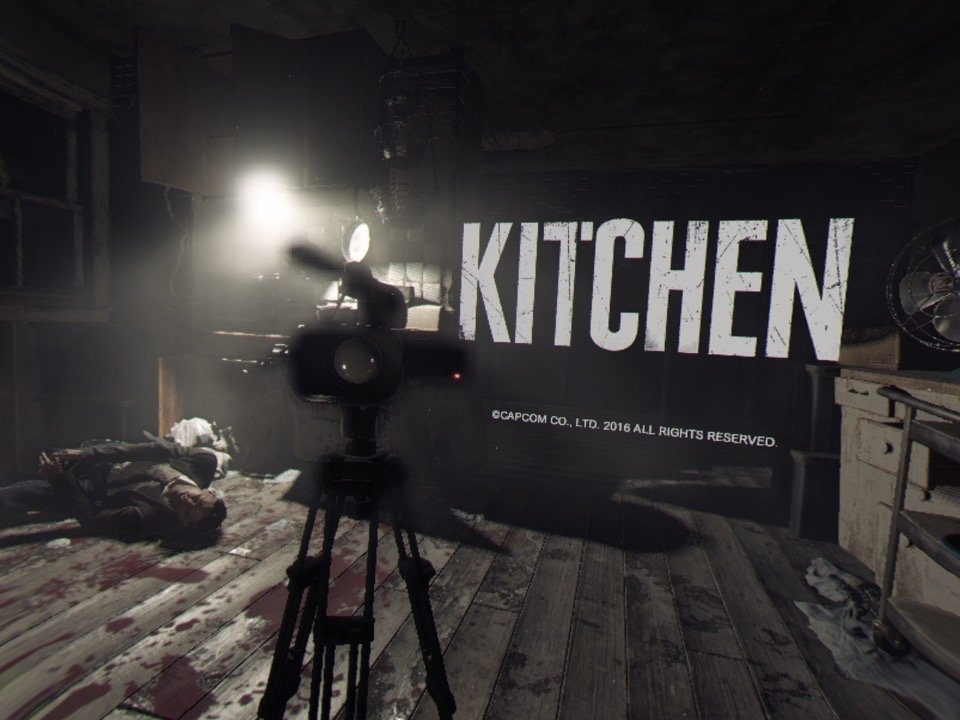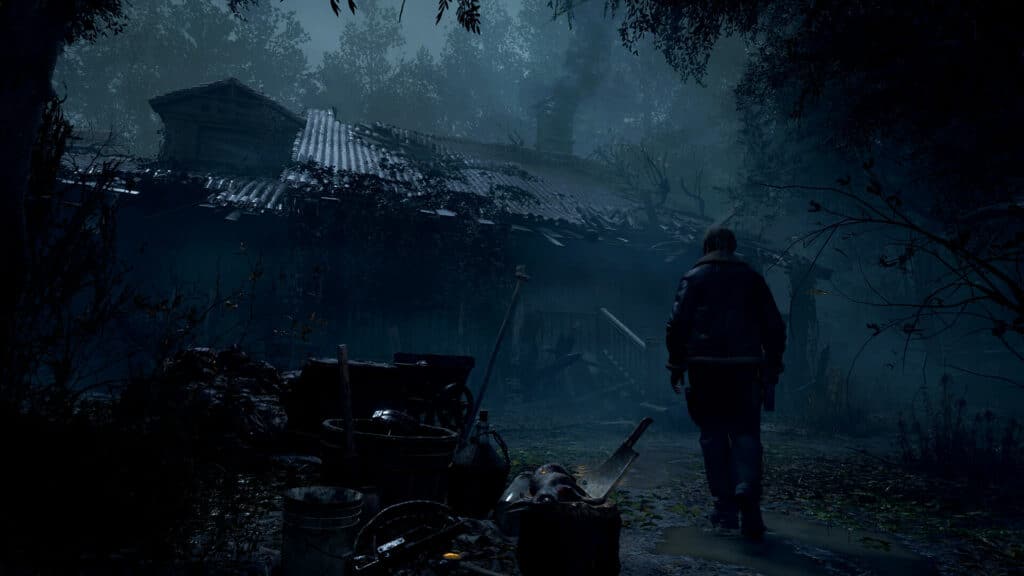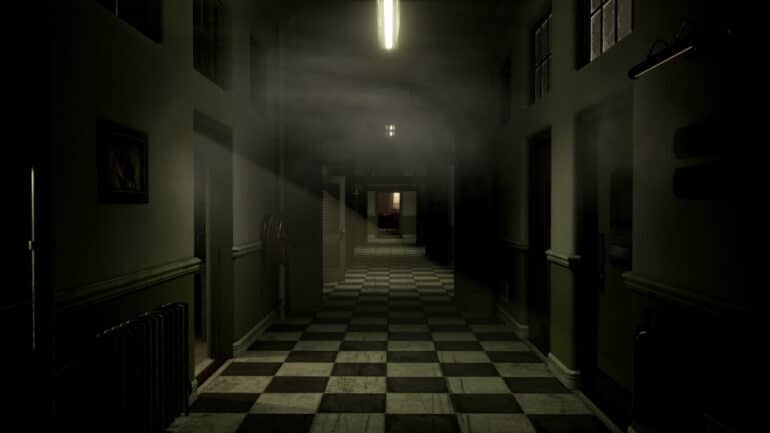We all know horror movies and TV shows are fake, but it is hard to decipher the difference within the virtual reality (VR) world. I consider myself a big fan of horror movies. I love the thrill and the suspense, but as soon as I think something will happen, I start to cover my eyes. In virtual reality, there isn’t that luxury. There are so many times when I automatically start tensing my whole body as I know something is coming, except there is nothing I can do to stop it. But has virtual reality horror become too scary?
“The early supernatural dreams quickly transform into psychological nightmares of anxiety.”
Have you ever felt helpless while watching a horror movie, yelling at the main protagonist not to follow the mysterious individual into the darkness in the middle of the night? Have you ever felt like you’d make better decisions if you were in the situation? Well, that’s precisely what Supermassive’s game the Inpatient does.
The Inpatient is the virtual reality sequel to Until Dawn, where the player must make choices that directly affect the storyline, causing a butterfly effect. The game also uses a voice activation feature to utilize your voice to make decisions just by speaking. This makes Inpatient extraordinarily immersive and tough to remember that it is only a game.
Throughout the experience of The Inpatient, I often wanted to quit and stop playing altogether. The early supernatural dreams quickly transform into psychological nightmares of anxiety. The Inpatient keeps you on your toes from the moment you start. Continuously making you think something terrible is about to happen. Combining this with the consequences of your voice-activated decisions, The Inpatient haunts you for hours on end after you hang up the headset.

“But it feels all too real when a knife gets pushed through your chest.”
Another groundbreaking game in the virtual reality space is Kitchen. This game is a free experience in PlayStation VR based on Resident Evil 7: Biohazard, which thrives on suspense and fear. The game utilizes the controller inside the virtual world in which it pictures your hands tied together, leaving you helpless and unable to move. A man is lying on the floor, and you seem familiar with him. He proceeds to untie you while a shadowy female figure lurks in the background.
Though you can probably predict where this is heading from the countless hours of horror flicks you’ve watched, the suspense makes this experience horrific. The female villain disposes of your friend, leaving only his decapitated head at your feet. Now, she fixes her attention to you, rattling the pots and pans in the kitchen and knocking things on the floor as she comes closer. All you want to do is turn around and face her, but at the same time, try to convince yourself it isn’t real. Finally, it’s your turn to die. From the moment you began, you knew this would happen, but it feels all too real when a knife gets pushed through your chest. Overall, the experience lasts for only 5 minutes, but any longer, and I don’t think I would have made it through with clean pants.

“When it’s low, that’s when we know we can … dial up the creep factor.”
From voice-activated decisions to being entirely helpless, can virtual reality horror get worse? The answer to that is yes. Bring to Light by Red Meat Games is a virtual reality horror game set in an abandoned subway and introduces a biometric sensor to submerge the player deeper into the experience. The user can add an external biometric sensor that reads the heart rate of the person playing to customize the experience. Red Meat Games owner Keith Makse told CBC, “When it’s low, that’s when we know we can … dial up the creep factor and have jump scares and have things that crawl and slither, or doors shaking when you walk past them“.
We are heading into a new generation of virtual reality gaming this year with some enormous blockbuster releases. With horror games forever pushing the limits of reality at every turn, it will only be a matter of time before games are too scary in VR. The question now on developers’ minds won’t be how frightening they can make this game, but how terrifying it can be without making someone quit and not want to play at all.






